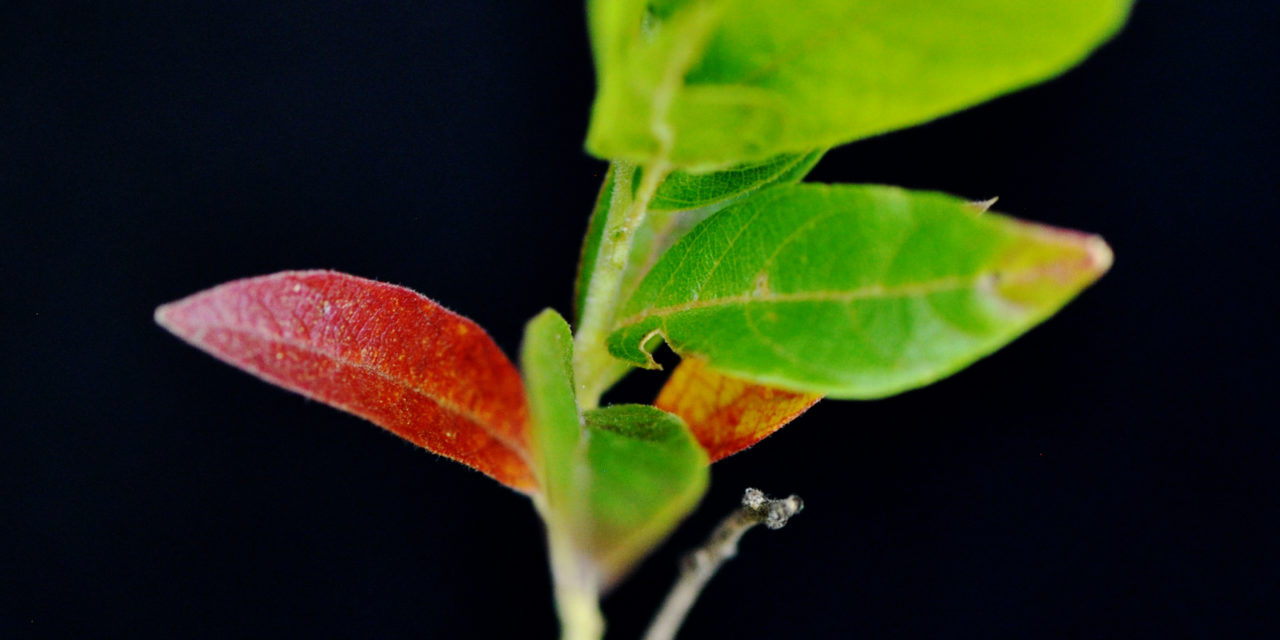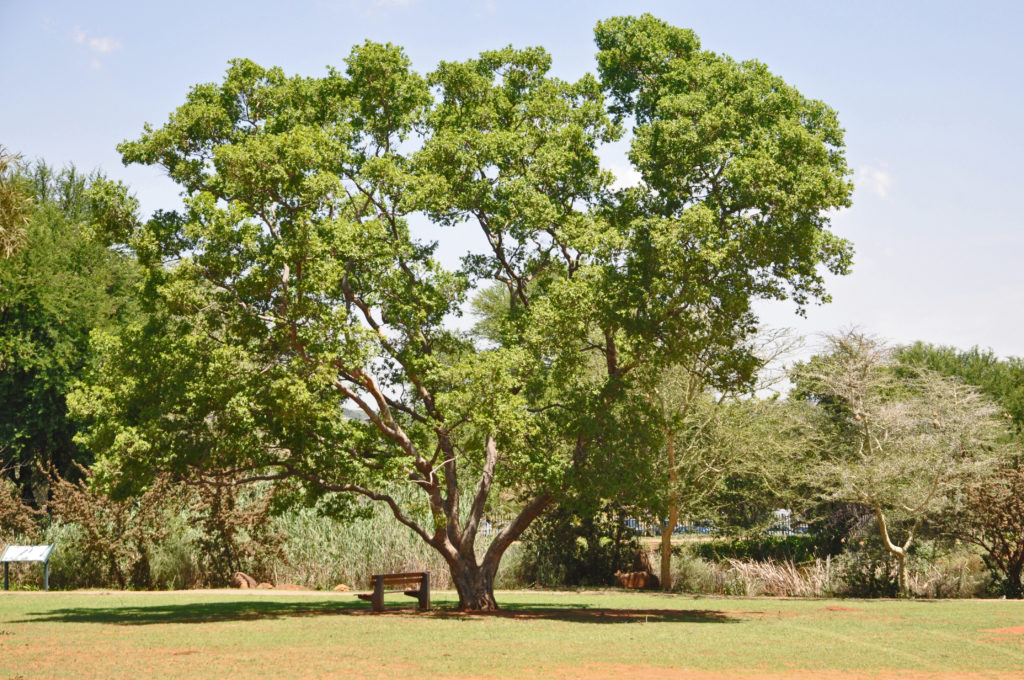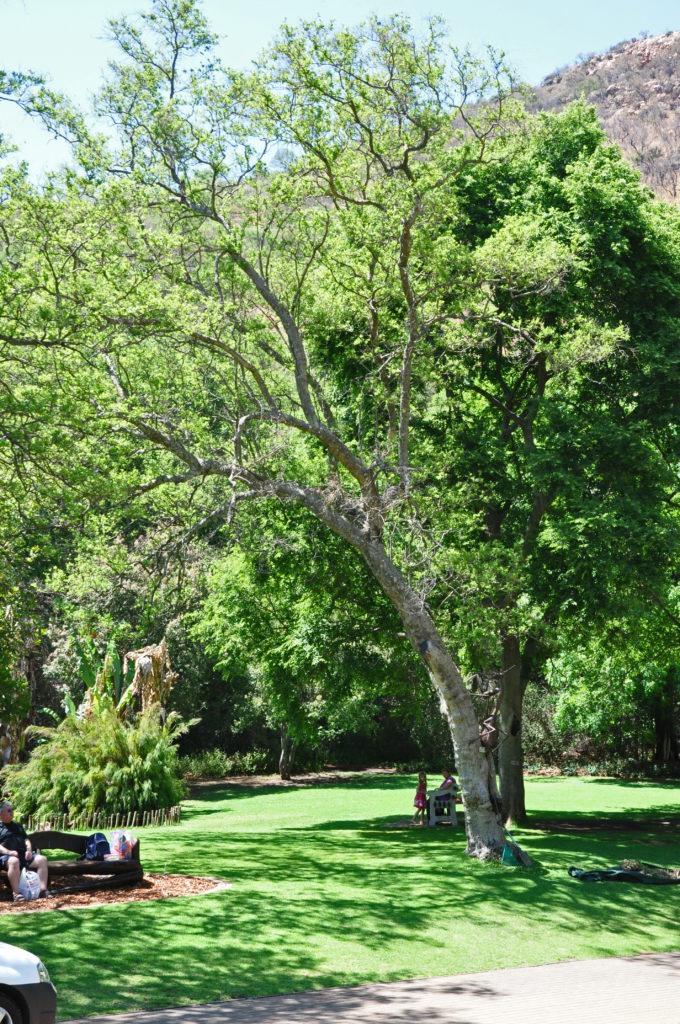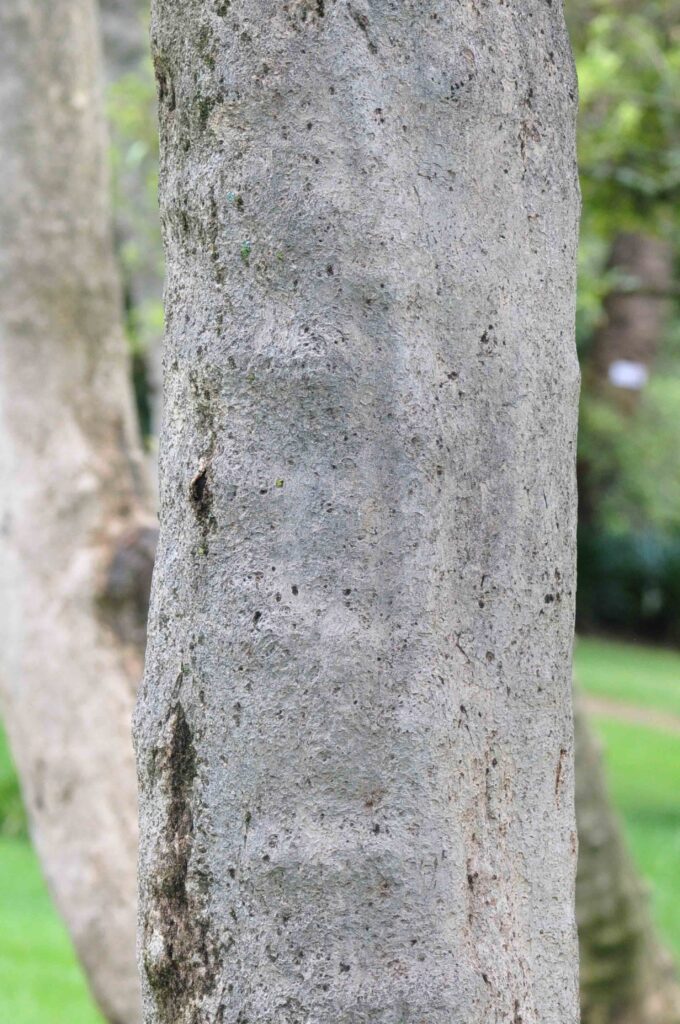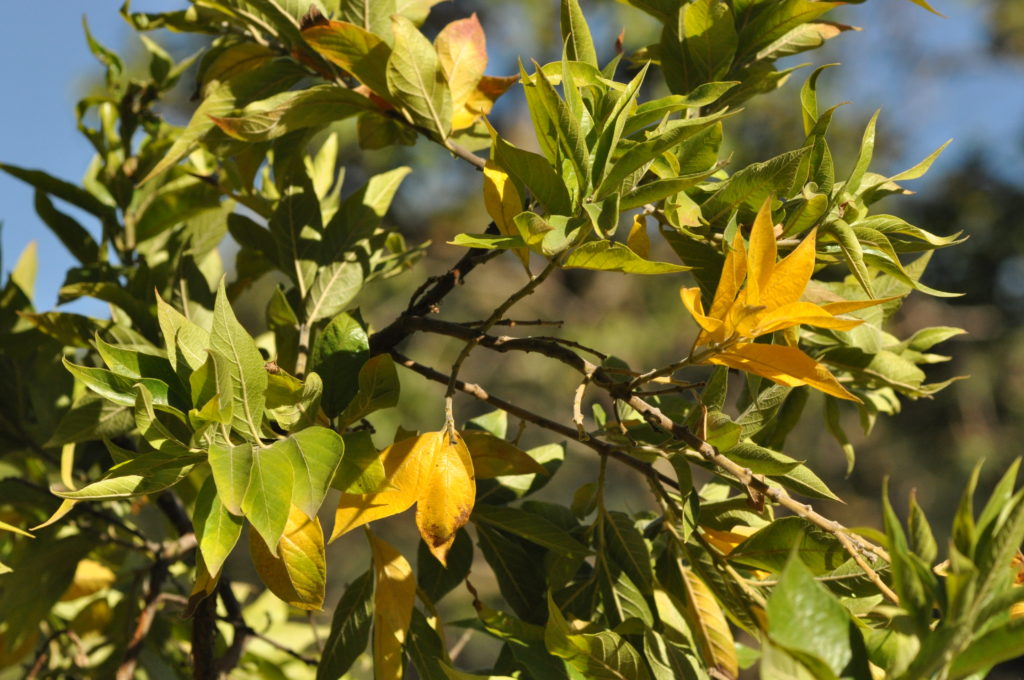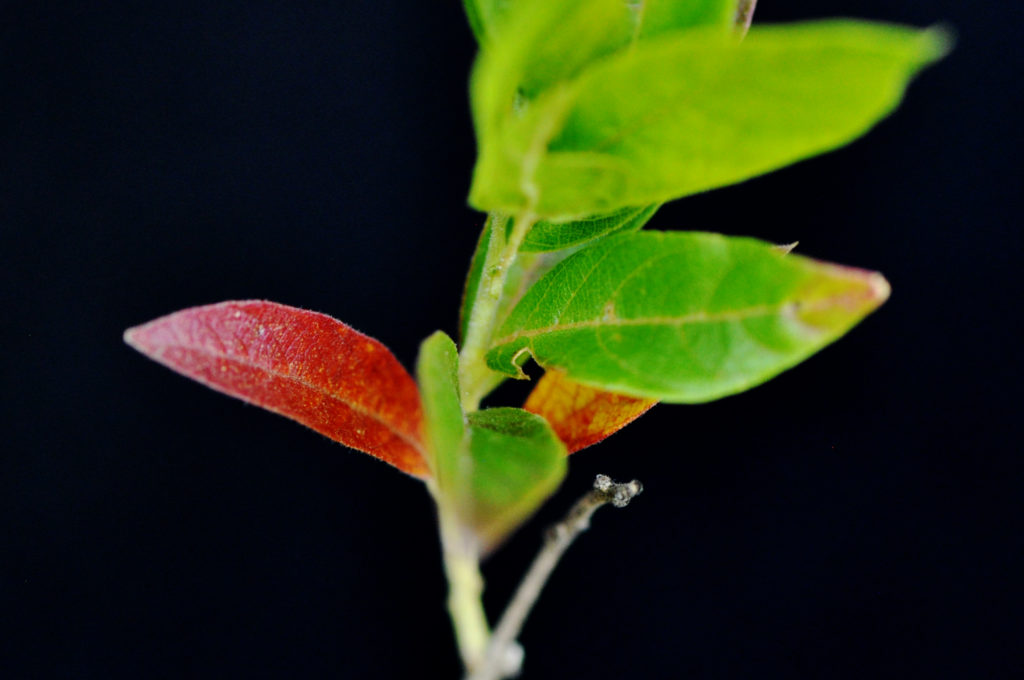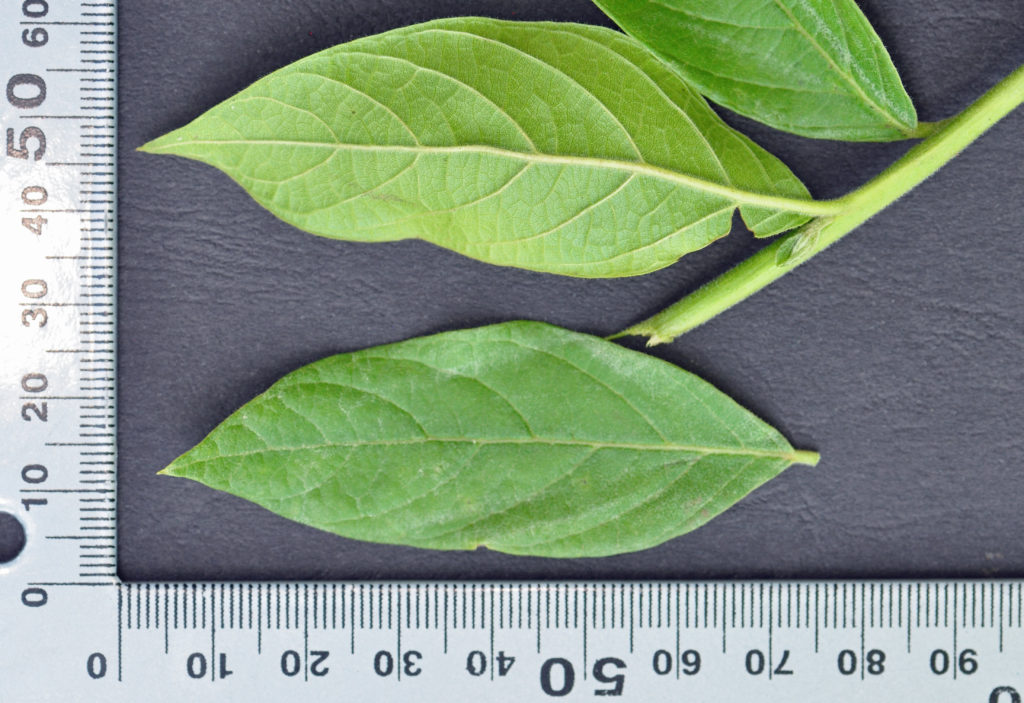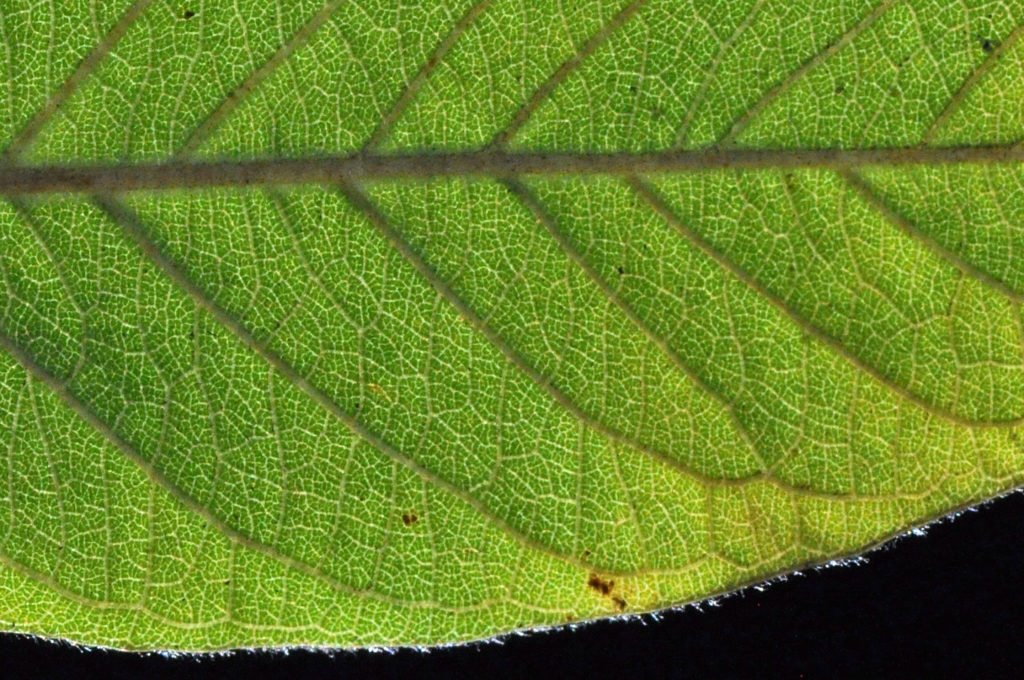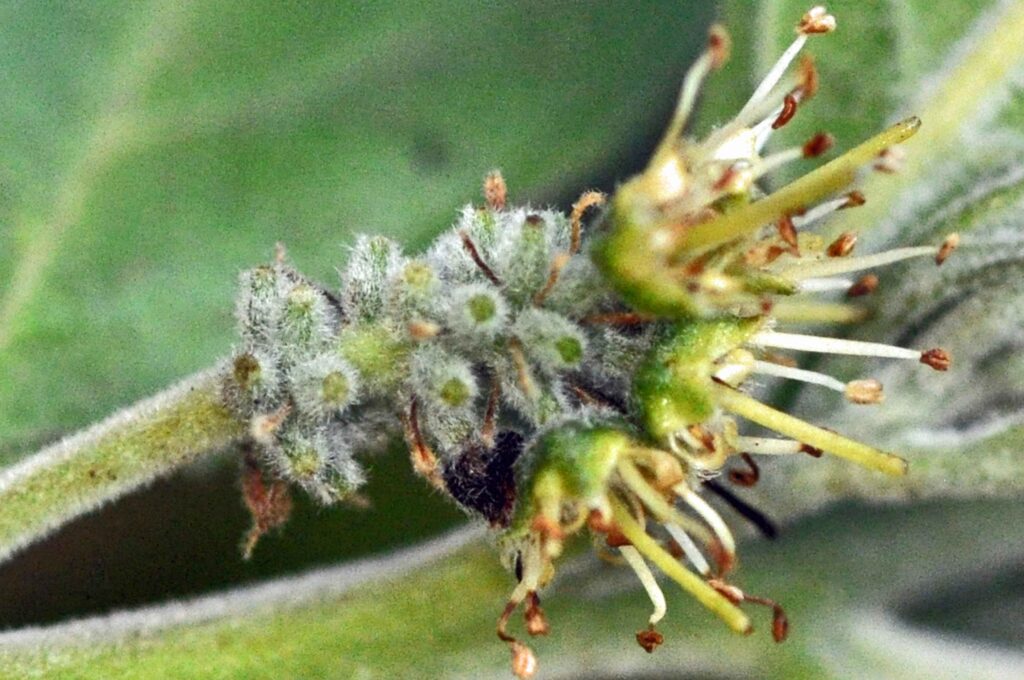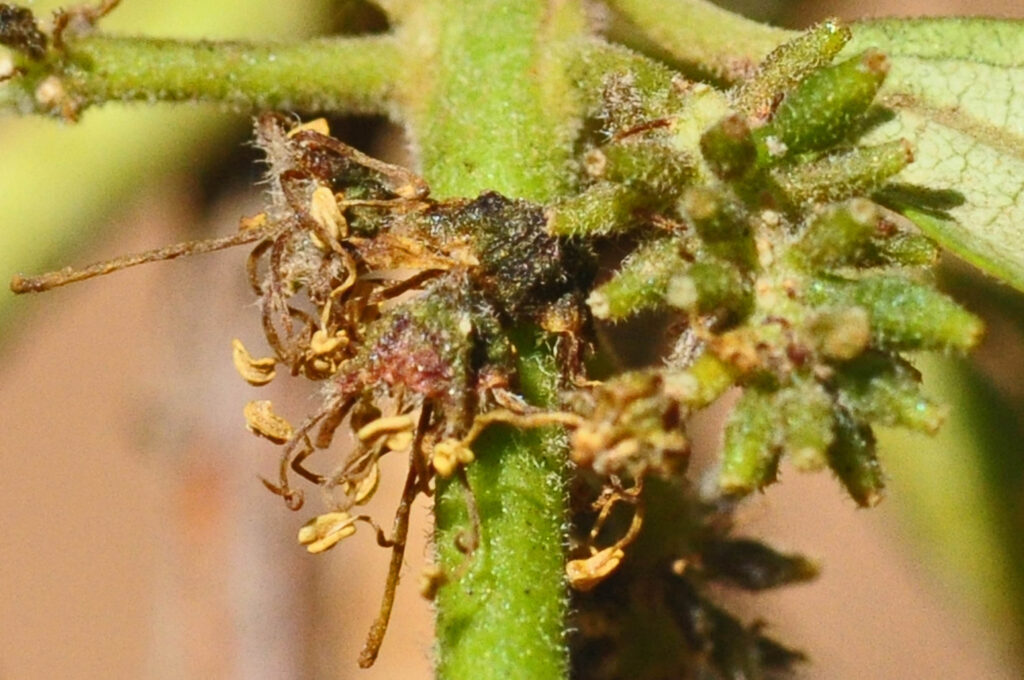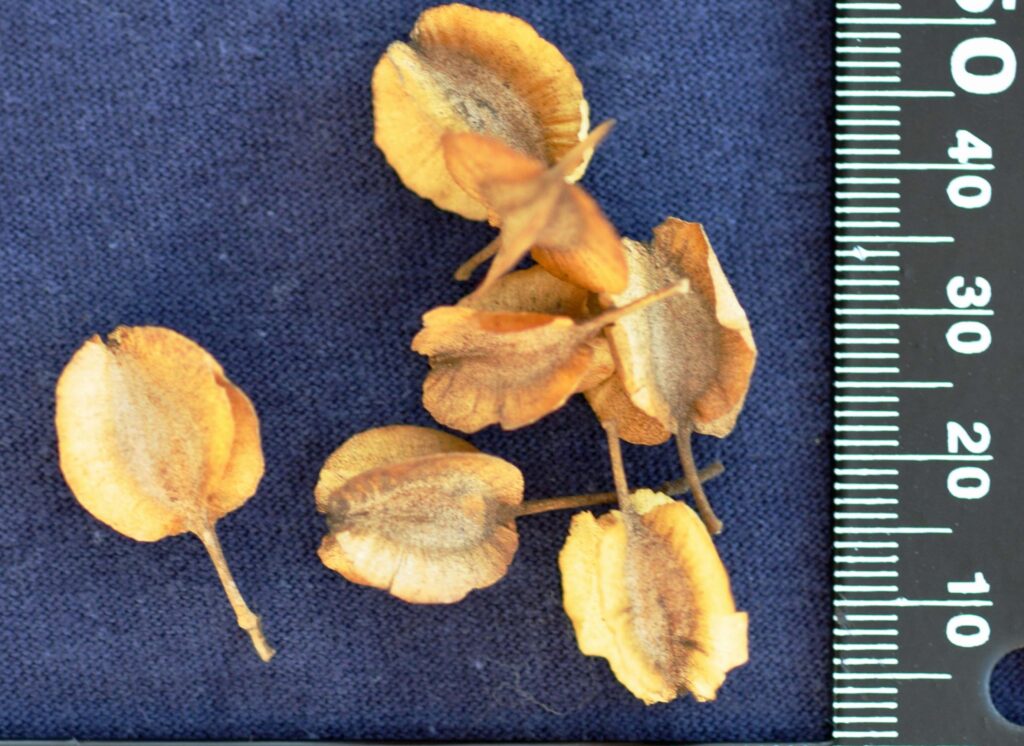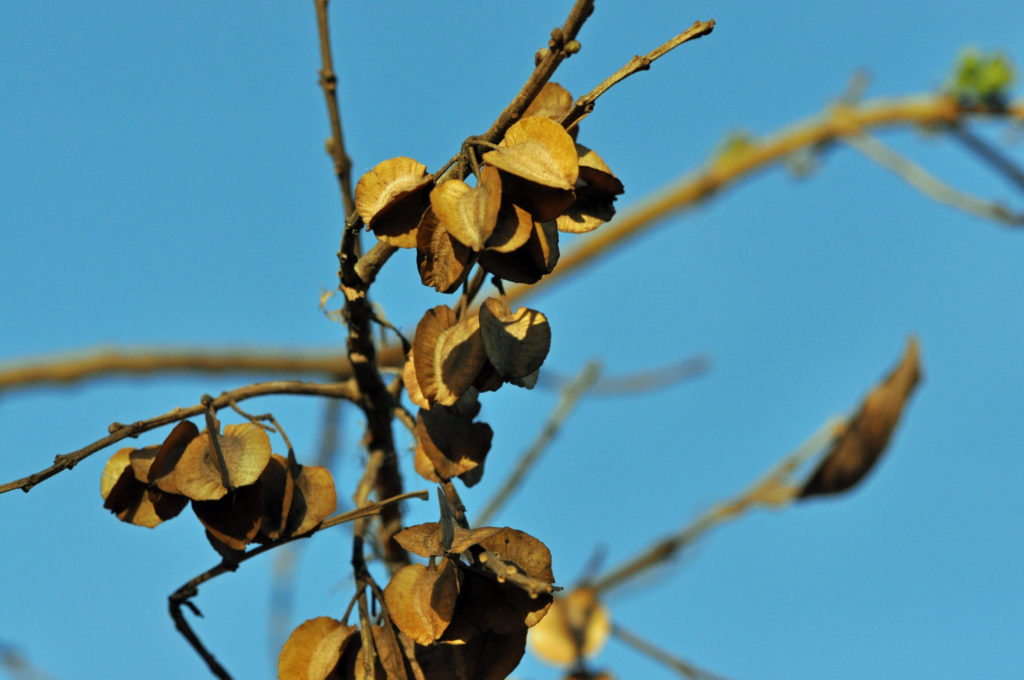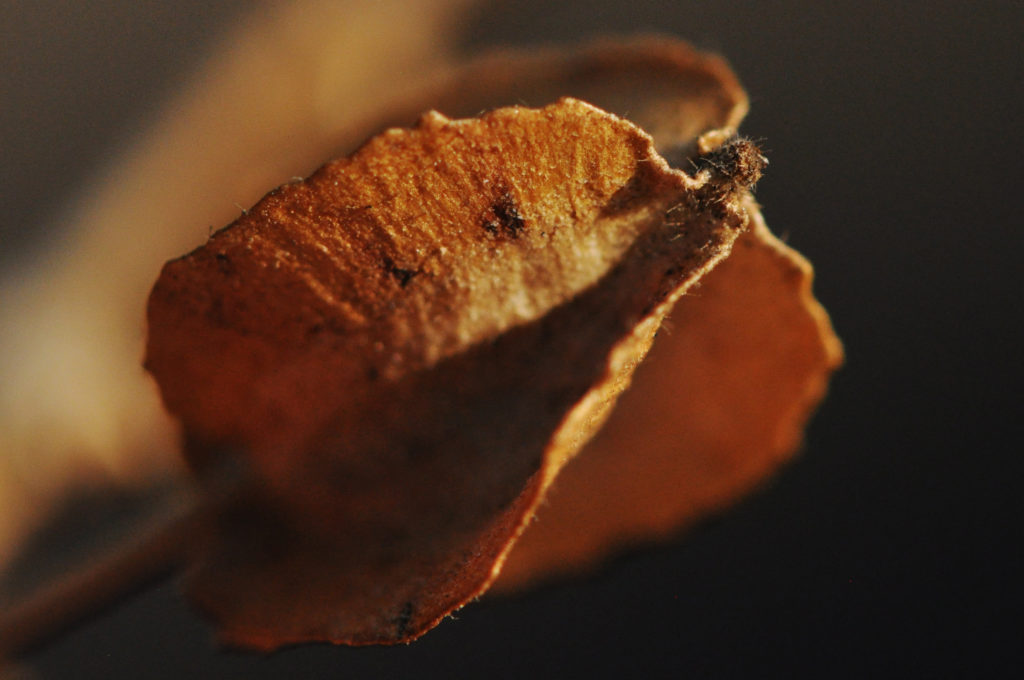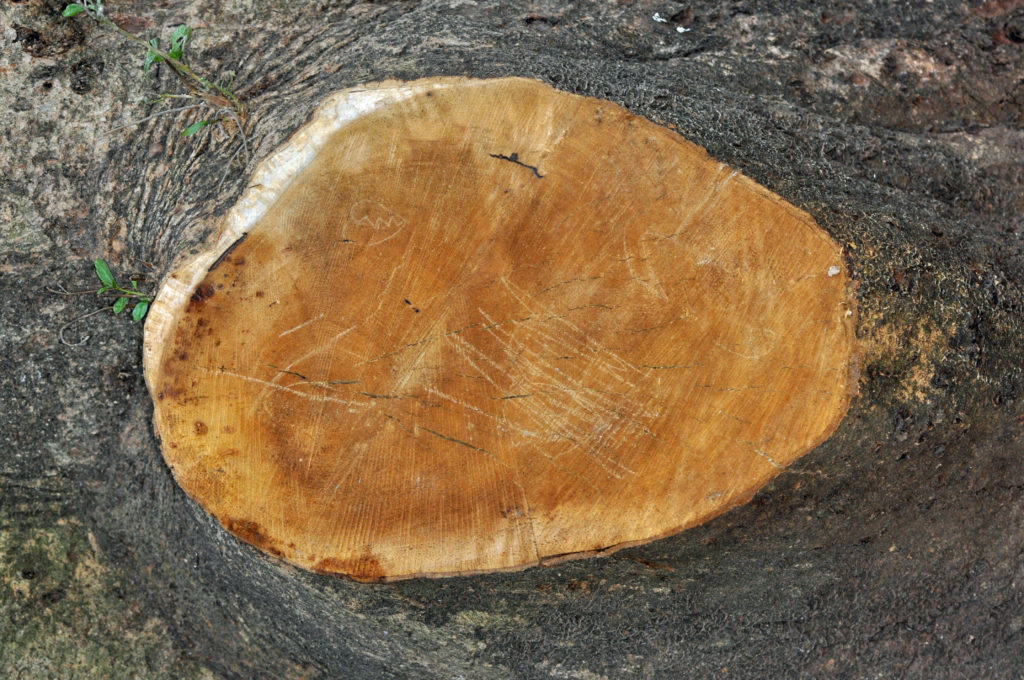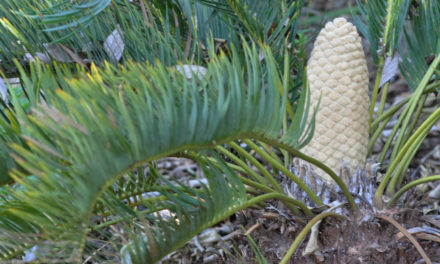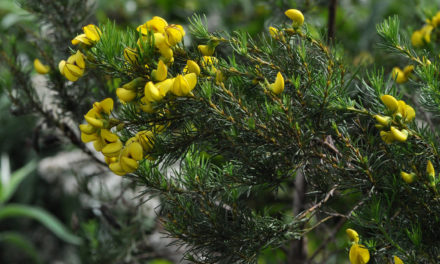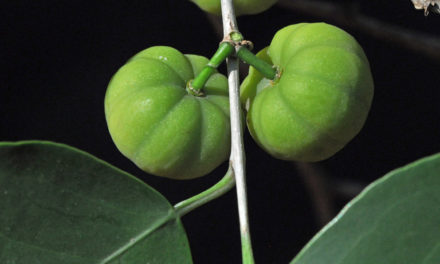General Info – summary
This attractive willow-like Tree is up to 15m+ high and has a trunk diameter up to 0,6m. Knob-like bulges may be present. The simple, stipule lacking Leaves have a variable shape and occasional to a red one. Bisexual, regular, 4-merous Flowers are in short spikes. Each flower has 8 exserted stamens with white filaments and an inferior ovary with an exserted green style. The 4-winged Fruit contains one seed.
Description
Combretum erythrophyllum.
Previous Names: Combretum erythrophylla, Combretum galpinii, Combretum glomeruliflorum, Combretum lydenburgiarum, Combretum riparium, Terminalia erythrophylla.
SA Tree No. 536.
Common names: (Afr) Bosveld Wilge, Geelhout, Riviervaderlandswilg, Riviervaderlandswilgerboom, Rooiblaar, Rooiblad, Rooibos, Vaalhanswilg, Vaalhanswilgerboom, Vaderlandswilg, Vaderlandswilgerboom. (Eng) Bush Willow, Bushveld Willow, River Bushwillow, River Combretum, Vaal River Yellowood. (IsiNdebele) Umdubu. (isiXhosa) Umdubu. (isiZulu) Umbondwe, Umdubu, Umdubu-wehlanze, Umhlalavane. (Northern Sotho) Moduba–noka, Modibo. (siSwati) umDvubu. (Setswana) Imbondvo-lemhlophe, Miavana, Modu, Modubnunoka, Mokhukhu. (Tshivenda) Mugavhi, Mugwiti, Muvuvhu. (Xitsonga) Mbvuva.
Family: Combretaceae (Bushwlillow family). In this family, there are about 16 genera, which contain about 530 species. In South Africa, there are 5 genera and 41 species. Here the genera with Trees include Combretum, Lumnitzera, Pteleopsis and Terminalia. The simple and usually entire Leaves lack stipules. Flowers are usually bisexual. There are usually twice the number of stamens as sepals or petals. The inferior Ovary has 1 locule and usually only 1 of the ovules develops into a seed. Fruit is usually indehiscent and may be winged or ridged.
Name derivation: Combretum – climbing plants. erythrophyllum – with red leaf – referring to the occasional leaf which is red.
Conservation: National Status: L C. (Least Concern). Assessment: 2005 (W. Foden and L. Potter).
Tree
This willow-like (branches tend to droop slightly) densely foliaged, medium sized Tree is up to 15m(+) high (photo 233). The single Trunk is straight, and may reach a diameter 0,6m. If “straight”, the main trunk may lean over (photo 231). The plant may also be multi-stemmed from the base. The trunk may have knob-like bulges that are not galls (photo 488). The tree has a sparse or large spreading Crown (photo 233). Here the pale Bark is usually grey, smoothish mottled and flakes with age to expose paler grey patches, which create a mottled appearance. Young stems may be hairy, and branch develop low down.
- 233 2016.10.25 Pretoria NBG. Photo: David Becking.
- 231 2014.10.21 Walter Sisulu NBG. Photo: David Becking.
- 488M 2014.02.25 Walter Sisulu NBG. Photo: David Becking.
Leaves
This deciduous tree has slightly wavy Leaves that are opposite, 3-whorled or sometimes alternate. All 3 may occur on the same tree. New soft, hairy leaves may be a light delicate green whereas mature leaves become somewhat leathery, slightly darker, glossy and densely packed. Leaf shape is elliptic to lanceolate to oblong or oval, and leaves are up to 10 x 4cm (photo 230). All leaves are more than twice as long as wide and are simple (have a single blade which may have incisions that are not deep enough to divide the leaf into leaflets). Young leaves are viscous (having a thick, sticky consistency between solid and liquid). If the temperatures are below zero in autumn, leaves may turn bright red to purple. Some leaves turn yellow or red at any time of the year (photo 758) – hence the name erythrophyllum (with red leaf). The upper surface is slighter darker and yellowish green below. On the upper surface, the Midrib (which may be red) and lateral Veins are sunken, whereas on the lower surface the 6-10 pairs of conspicuous lateral veins are yellowish green, raised and curve towards the apex (photo 230). The veins are lightly hairy above and hairier below. On the lower surface, in leaf axils, hairy Domatia may develop (a tiny chamber produced by plants that house arthropods. To the naked eye, the domatia appear as small bumps. They are intended to be used by organisms that have a symbiotic relationship with the plant). Secondary vein details are more clearly visible if the leaf is held against a strong light (photo 743). Marginal hairs are visible on this photo. The untoothed leaf Margins are finely fringed, entire (with a continuous margin, not in any way indented – photo 230) and not rolled ender. The Apex tapers to a point-like tip and the Base is rounded or tapers. The short Petiole (leaf stalk) is up to 4mm long and fringed with hair. Stipules (basal appendages of the petiole) are absent. Before they fall, the leaves may turn yellow or reddish (photo 740).
- 740 2018.02.12 Pretoria NBG. Photo: David Becking.
- 758 2015.11.10 Walter Sisulu NBG. Photo: David Becking.
- 230 2014.10.21 Walter Sisulu NBG. Photo: David Becking.
- 743 2018.02.12 Pretoria NBG. Photo: David Becking. Leaf against the sun.
Flowers
The Flowers usually emerge after the new leaves and develop in clusters or Spikes (simple indeterminate inflorescence with sessile flowers on a single unbranched axis opening in succession towards the apex). The up to 20cm long spike (photo 260) shows the oldest developing hairy green fruit at the base and the younger flower at the apex. The cream to light yellow, bisexual Flowers are actinomorphic (Regular, symmetrical. Flowers are vertically divisible into similar halves by more than 1 plane passing through the axis). Each flower is about 1cm in diameter and 1,5cm long (photo 260) and the hairy Peduncle (stalk of flower cluster) is bracteate (bract – a much-reduced specialised leaf, particularly the small scale like leaves in a flower cluster or associated with flowers).
Individual flowers have a hairy Calyx with 4 Sepals, which forms an extension above the ovary. The very short Petals are hairless and obovate to elliptic. The 8 Stamens are in 2 whorls (unlike Combretum bracteosum which has 10 stamens). The white Filaments extend the medifixed (attached by the middle) Anthers beyond the calyx and corolla. The single Pistil (a unit of the Gynoecium, the female element of the flower, composed of the Ovary, Style and Stigma) has a completely inferior Ovary (situated below the calyx). N.B. this can be mistaken for the absent pedicle (flower stalk). The ovary has 1 Locule in which only 1 of the 2 ovules develops. The free greenish Style (photo 260) extends the Stigma slightly beyond the white stamen filaments. (Sep-Nov).
- 260 2017.10.02 Pretoria NBG. Photo: David Becking.
Fruit
The almost spherical indehiscent Fruit is initially pale green, hairy and ellipsoidal (photo 908). In this photo, the remains of the stigmas and stamens are still visible. The fruit becomes light brown, 4-winged, up to 1,5cm x 1,2 (photo 288) with wings up to 6mm wide, and usually has a well-developed, apical peg (photo 29). The fruit becomes light brown and hairless when mature. The old fruit may remain on the tree (photo 285) until the following spring – even after the new flowers appear. Each fruit contains a single Seed. (Jan-Oct).
- 908 2016.10.11 Pretoria NBG. Photo David Backing.
- 288 2017.08.03 Pretoria NBG. Photo: David Becking.
- 285 2017.08.03 Pretoria NBG. Photo: David Becking.
- 29 2018.08.18 Pretoria NBG. Photo: David Becking.
Distribution & Ecology
This tree is a southern Africa endemic. (Endemic: restricted to a particular geographic location). The drought resistant Trees usually grow along streams or in moist ground – even in the Highveld up to an altitude of about 1 700m. Thick stands can develop close to rivers. Here they may hang over the moving water. They occur in the bushveld and savannah (a rolling grassland scattered with shrubs and isolated trees, which can be found between a tropical rainforest and desert biome). Trees are visible from Eastern Cape, KwaZulu-Natal, and Northern Cape along the Orange River, Mpumalanga, Free State, Gauteng, Limpopo, and North West (along the Gariep River). They also occur in Swaziland, southern Mozambique, Eastern Botswana, Zimbabwe and Zambia. Pied Barbets, Giraffe, Elephant, Bushbuck and Nyala consume various parts. Wasps may lay their eggs in the fruit and hatched larvae feed on the seeds. They, in turn, attract birds like the Southern Black Tit (Melaniparus niger) which open the hard fruit and consume the larvae. These birds (blue-black males and greyish females) prefer broad-leafed woodlands and are especially common in Western Zimbabwe. Pied Barbets (Tricholaema leucomelas) with their black and white striped heads may consume the Fruit. This tree has been planted in the USA as a shade and ornamental tree.
Ethnobotany
The yellowish and featureless Wood is soft and tough, showing little distinction between sapwood and heart wood (photo 302). It is easy to work and is used as a general-purpose timber. Wood is subject to borer attack and should be cut when the sap is low and then water seasoned. Rafters, furniture and cattle troughs are made from the wood. A non-cracking Gum is extractable from cut stems. This gum can produce a good, non-cracking varnish – used to mend cracks in pottery. Root extracts are used in dyeing and tanning. Roots are not likely to lift paving and, together with stems, are used in local medicine. Dried Fruits make an attractive addition to flower arrangements. Consider the Seeds poisonous to man. The tree is drought and frost resistant. Plants do well in gardens. It is fast growing but needs protection against frost during the first 2 years. It should grow a metre or more in a year.
- 302 2017.08.03 Walter Sisulu NBG. Photo: David Becking.
References
Boon, R. 2010. Pooley’s Trees of eastern South Africa. Flora and Fauna Publications Trust, Durban.
Burrows, J.E., Burrows, S.M., Lotter, M.C. & Schmidt, E. 2018. Trees and Shrubs Mozambique. Publishing Print Matters (Pty) Ltd. Noordhoek, Cape Town.
Coates Palgrave, M. 2002. Keith Coates Palgrave Trees of Southern Africa, edn 3. Struik, Cape Town.
Foden, W. & Potter, L. 2005. Combretum erythrophyllum (Burch.) Sond. National Assessment: Red List of South African Plants version 2020.1. Accessed on 2022/11/20.
Ginn P.J. Mcilleron W.G. and Milstein P. le S, 1989. The Complete Book of Southern African Birds. Struik, Cape Town.
Lawrence, G. H. M, 1951. Taxonomy of Vascular Plants. The Macmillan Company, New York. Tenth Printing 1965.
Palmer, E. & Pitman, N. 1972. Trees of southern Africa. Balkema, Amsterdam, Cape Town.
Schmidt, S. Lotter, M. & McCleland, W. 2002. Trees and Shrubs of Mpumalanga and the Kruger National Park. Jacana, Johannesburg.
van Wyk, B. & van Wyk, P. 1997 Field guide to Trees of Southern Africa. Struik, Cape Town.
http://witkoppenwildflower.co.za/combretum-erythrophyllum/
https://en.wikipedia.org/wiki/Combretum_erythrophyllum
http://plantzafrica.com/plantcd/combreteryth.htm
http://www.zimbabweflora.co.zw/speciesdata/species.php?species_id=141910
http://posa.sanbi.org/flora/browse.php?src=SP

